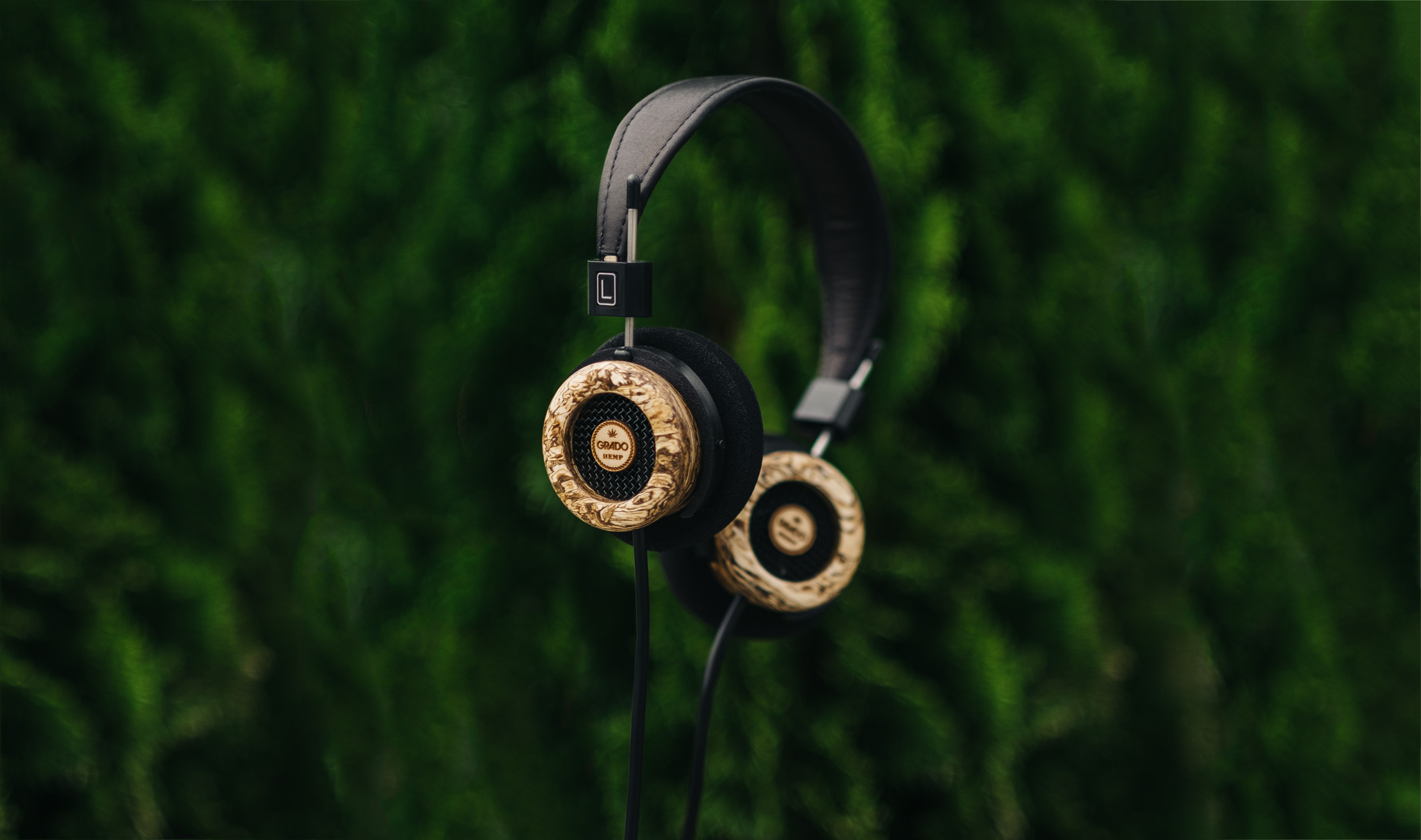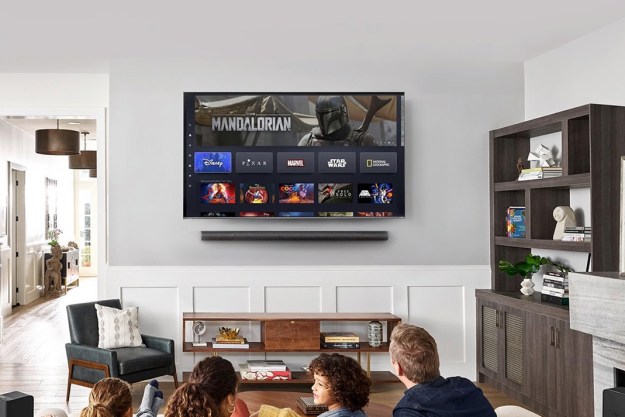
Jonathan Grado, vice president of marketing at Grado Labs, recalls when he first saw a mock-up of a pair of hemp headphones his dad sent him. His first thought? “This is pretty convincing for a joke.”
But it wasn’t a joke. What started as casual conversation around the dinner table, then transitioned to a lingering “what if.” CEO John Grado’s hippie heritage wouldn’t let him drop the idea of using hemp as audio material.
Puns were unavoidable, so Grado Labs made sure to embrace them last week when it announced hemp headphones that come in at — of course — $420. They beat everyone to the punch in their marketing materials. which feature cheeky words like “blunt,” “passed around” and “rolled.” John Grado told Digital Trends that while the company wanted to have as much fun with the release as possible, he wanted to make one thing very clear. This isn’t a marketing gimmick.
I didn’t know if it was going to work or not. We never know until we build it.
“We haven’t advertised since 1964,” John Grado explained. “I’ve heard some comments about hemp being a gimmick, but we don’t exist by doing flagrantly gimmicky-type stuff.”
Though the company certainly expected to get the media’s attention with something as ostentatious as a pair of $420 headphones made out of hemp, that wasn’t the reason Grado Labs decided to work with the material.

“We experiment with a lot of different things,” John Grado said. “The hemp only became commercially available recently, and as soon as I heard about it as much as two years ago, I was definitely interested in trying it.”
Curiosity. That alone was what sparked his desire to work with the material. “I didn’t know if it was going to work or not. We never know until we build it,” he said.
Surprising auditory benefits
The decision to machine headphones out of hemp was not a stretch for the storied company. It’s known in the industry for working with unusual materials — often, with beautiful results.
Mahogany has been the go-to wood for Grado since it started working with wood decades ago. Around 2013, it started producing limited editions and collaborations to explore the sonic properties of different materials without altering the existing line of products. Grado has built headphones from a wide range of materials, including whiskey barrels, and even a motorcycle.
Unlike many of those unusual items, hemp proved a real challenge to work with. “Hemp was surprisingly difficult to machine,” Grado explained. The solid piece of hemp machined into the parts seen on the finished headphones is actually a compressed piece made of branches and bits of hemp wood. The challenge of working with it, however, paid off. Hemp has surprising auditory benefits.
Grado Labs headphones are widely known for their outstanding midrange sound reproduction. According to John Grado, about 85% of the information that listeners receive when they hear the reproduction of music comes from that midrange, so they’ve been pleased with Grado Labs’ products and their reception. But hemp expanded the Grado Labs formula by widening their range.
“What we figured out is that because the hemp is compressed branches and pieces of plant, the highly compressed hemp creates a damping effect between their fibers,” Grado explained. “This produced a fuller sound, and we were pleasantly surprised with the amount of depth we heard.”
Based on this result, the Grado Labs engineers tuned the drivers to work in tandem with hemp, and brought about a noticeable low-end and top-end that they say “smoothly extends to its limits.”
The Grado Labs team combined the hemp with some maple to balance out the sound. “We came to a point where we knew it needed to be combined with a second material, so then we needed to not only experiment with separate woods, but the right amount of each. We settled on maple, which became one of our favorites after it was used in our limited GH1 a few years back. We knew what maple would bring to the table, so it helped us figure out the winning formula.”
Focus on fun
The price is yet another pun, but arriving there involved more than just deciding it should be priced at $420. “Every manufacturer has a formula they run products through to determine their retail price,” John Grado said. “For us, if we had used our formula, we would have been closer to $500.”
After speaking with dealers, Grado heard feedback that revolved around one word. Fun. “They were happy, and with all the stuff going on at the moment, they were pleased it was something lighthearted,” Grado said. “We wanted to get it at $420 for fun. We squeezed our own margins to get it to that price.”
For audiophiles, there is only one thing that matters, and that is sound. John Grado is confident that the product excels in this area. “If it didn’t sound good, we wouldn’t have done it.”

“You should see the crap sitting by my chair that we didn’t put out,” he told us. “We are really good at selecting what we do bring to market and what we don’t. We’re only into the third generation of headphone products after making them for 30 years. We don’t come out with a new model every two or three years because the salespeople tell us to. If we come up with something that warrants a new generation, then we do it. We don’t push stuff just to push it.”
“Sometimes it’s harder keeping the reputation than getting to where you have one,” Grado said.
He’s blunt about the benefits of hemp, and he doesn’t think this will be the last time you will see it — and not just from his company. “I think in the coming times, you’re going to find a lot more people using it. Yes. Absolutely,” he said.
Editors' Recommendations
- You Asked: Mixing AV brands, the best headphones for TV viewing, and more
- Sony WH-1000XM3 wireless headphones are less than $300 for Cyber Monday
- iOS 13’s audio sharing feature will arrive on more Beats headphones soon



